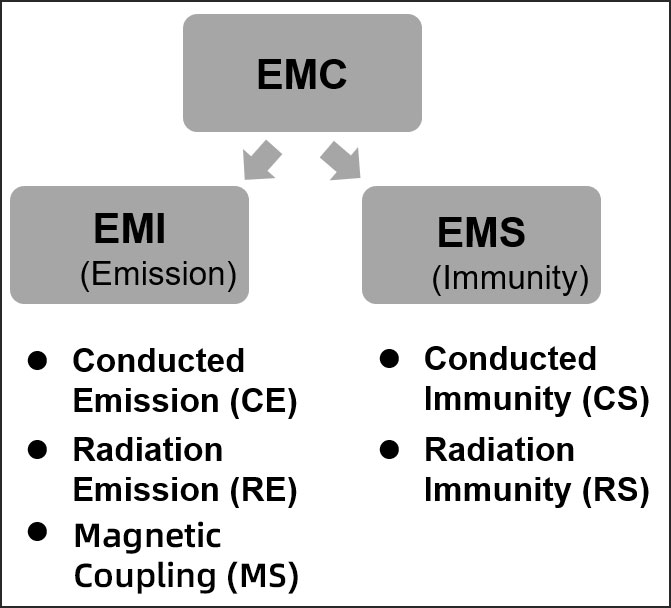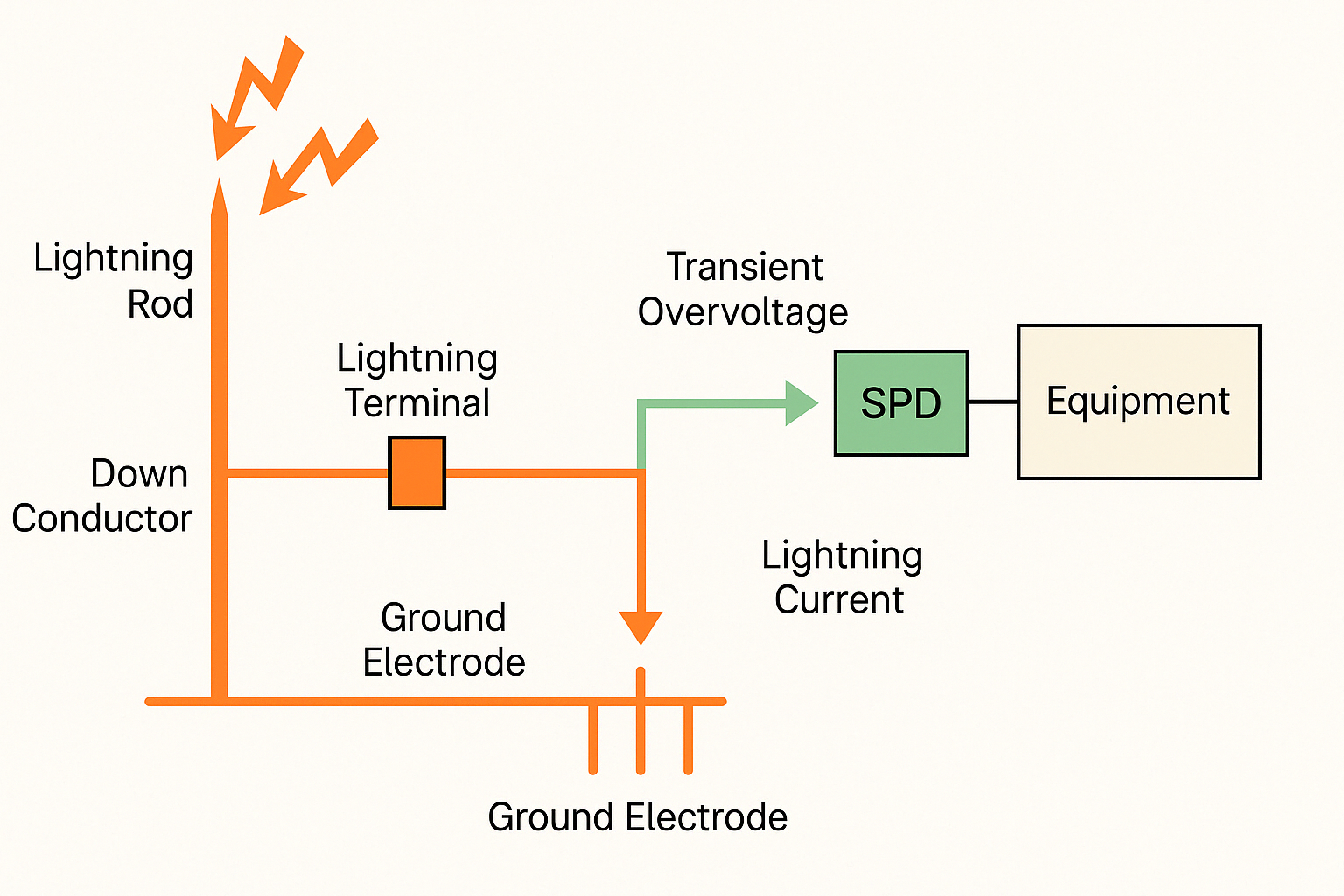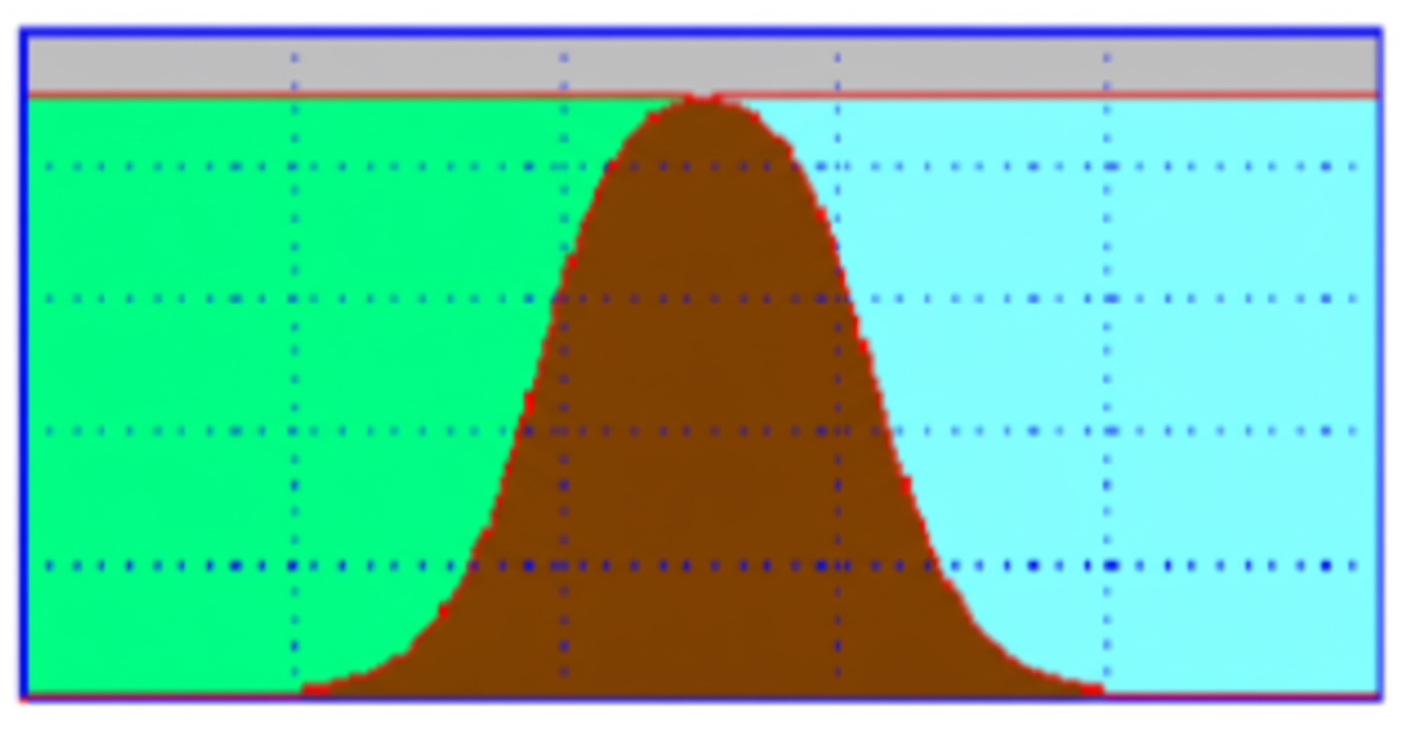
EMI (electromagnetic interference), EMS (electromagnetic susceptibility), and EMC (electromagnetic compatibility) are the main concepts related to electromagnetic fields. They differ as follows.
EMI (electromagnetic interference)
EMI refers to the phenomenon where electromagnetic energy from a power source, signal line, transmission line, or the surrounding space in an electronic device or system adversely affects other devices or systems. EMI includes radiated interference, which propagates via electromagnetic waves, and conducted interference, which is transmitted through wires or contact media.
EMI principle
When currents and signals travel through conductors, circuit boards, or transmission lines within electronic devices or systems, they generate electromagnetic fields. These fields can affect other devices or systems by radiation or conduction, causing interference. Radiated EMI travels through space as electromagnetic waves, while conducted EMI transfers electromagnetic energy via conductors or contact paths.
EMS (electromagnetic susceptibility)
EMS, also referred to as immunity, is the ability of an electronic device or system to operate normally in the presence of electromagnetic disturbances. EMS quantifies how well a device resists external electromagnetic interference; higher EMS indicates better immunity.
EMS principle
EMS is achieved by designing devices to reduce sensitivity to external electromagnetic disturbances. Typical measures include electromagnetic shielding materials, optimized circuit layout, ground planning, and proper grounding design to lower the impact of interference. Filters, isolators, and protective devices can also be used to improve a device's electromagnetic immunity.
EMC (electromagnetic compatibility)
EMC denotes the capability of different electronic devices or systems to operate together without causing mutual interference. It ensures devices can function simultaneously in a given environment without interfering with each other or being affected by external electromagnetic disturbances. EMC addresses both radiated and conducted issues and applies measures to ensure compatibility.
EMC principle
The goal of EMC is to ensure that devices or systems operating together do not interfere with each other. Key approaches include minimizing sources of radiated and conducted interference and optimizing design to maximize compatibility. This typically involves EMC testing and verification, complying with relevant standards, and implementing isolation, filtering, and shielding to manage interference and improve immunity.
In summary, EMI describes the phenomenon of electromagnetic interference, EMS describes a device's resistance to such interference, and EMC ensures that devices can coexist and function correctly together in a shared electromagnetic environment through appropriate design, testing, and mitigation measures.
 ALLPCB
ALLPCB







